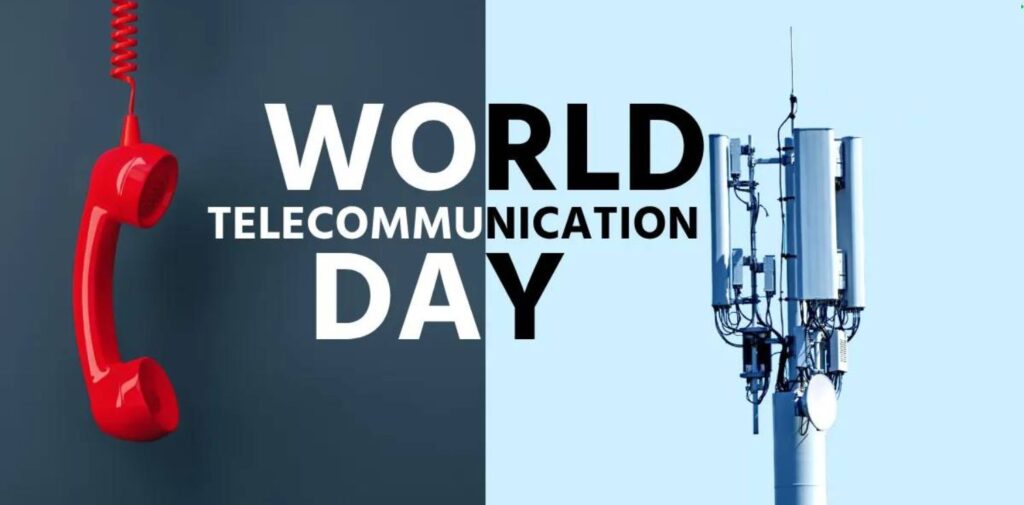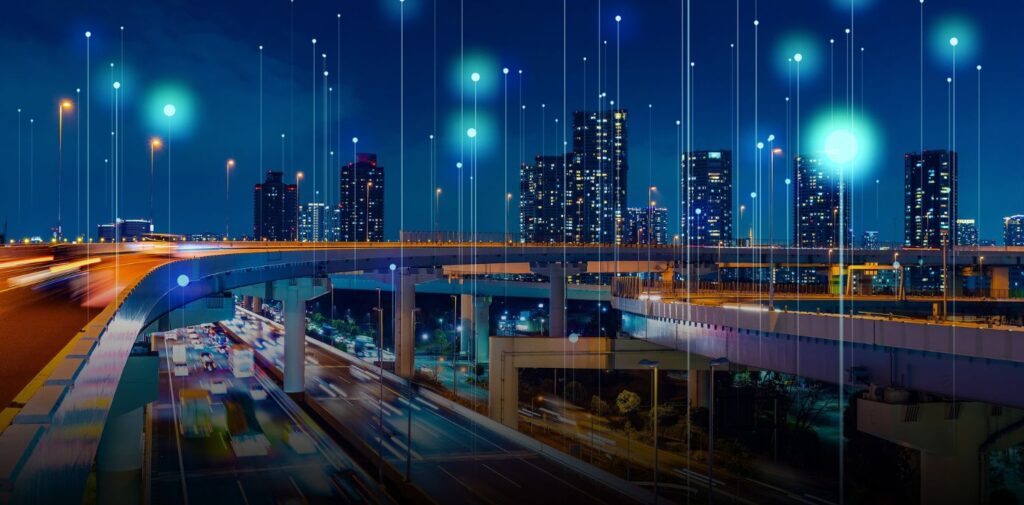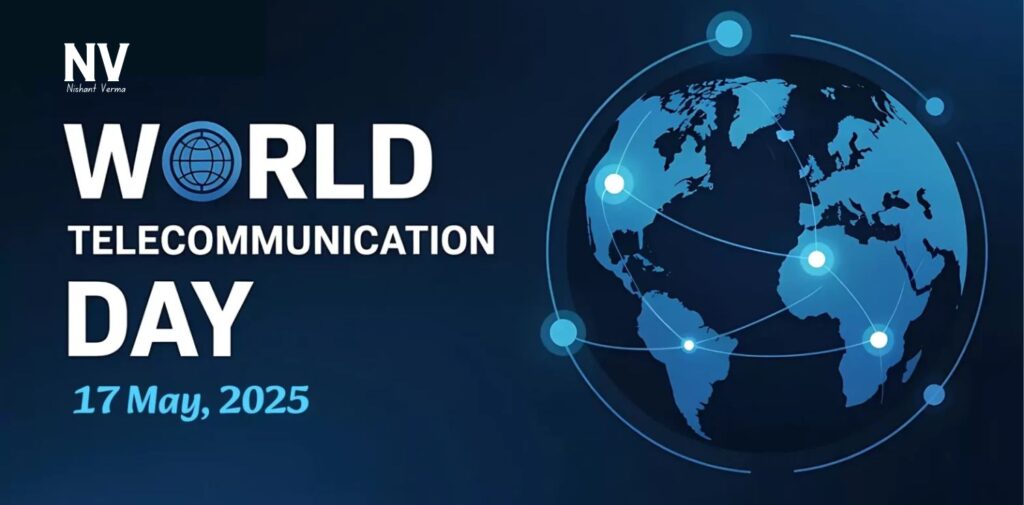Every year on 17 May, the world comes together to celebrate World Telecommunication and Information Society Day (WTISD). This special day reminds us of the power of communication technology and how it connects people across the globe. For India, a country with over 1.4 billion people and a growing digital economy, this day holds significant importance.
World Telecommunication Day not only celebrates advancements in technology but also highlights the importance of digital inclusion, internet access, and affordable communication. It is a day to reflect on how far we’ve come and how far we can go with the help of modern communication systems.
Origin and significance of World Telecommunication Day
World Telecommunication Day was first established in 1969 by the International Telecommunication Union (ITU), which is a specialized agency of the United Nations. The date, 17 May, marks the anniversary of the founding of the ITU in 1865. Later in 2006, it was combined with the World Information Society Day to promote awareness about the importance of information and communication technology (ICT).
The main goal of this day is to raise awareness about how information and communication technologies can help bridge the digital divide, support economic development, and improve people’s lives. In a country like India, where a large portion of the population is still getting digitally connected, this message becomes even more meaningful.

Telecommunication in India – A journey of transformation
India has witnessed a phenomenal transformation in its telecommunications sector over the last few decades. From the days of landline phones with long waiting periods to the era of smartphones and high-speed 5G internet, the journey has been incredible.
In the 1990s, India took its first major steps toward telecom liberalization. Private companies were allowed to enter the market, leading to increased competition and rapid growth. By the early 2000s, mobile phones had become more affordable, and millions of Indians were able to connect with each other in ways never seen before.
Today, India is the second-largest telecommunications market in the world. With over a billion mobile subscribers and one of the cheapest internet rates globally, the country has made massive strides in digital connectivity. The Digital India initiative, launched in 2015, further accelerated this growth by promoting digital literacy, expanding internet access in rural areas, and encouraging the use of digital services in governance, healthcare, education, and banking.
The role of telecommunication in daily life
Telecommunication is not just about making phone calls anymore. It plays a crucial role in almost every aspect of our daily lives. From video calls with family to online classes, from digital payments to accessing government services, everything depends on strong communication networks.
In urban areas, fast internet and smartphones have become a necessity. But even in rural and remote parts of India, mobile networks have brought a revolution. Farmers can get real-time updates about weather, market prices, and government schemes. Students can learn online, and small businesses can sell their products through digital platforms.
During the COVID-19 pandemic, when physical movement was restricted, telecommunication became a lifeline. It enabled remote work, online education, telemedicine, and digital transactions, proving how essential it is to modern society.

Challenges and opportunities in the Indian context
Despite significant progress, there are still challenges that India needs to address in the field of telecommunication. One of the biggest issues is the digital divide – the gap between those who have access to technology and those who do not. Many rural areas still lack proper internet connectivity. Affordability of smartphones and digital literacy also remain concerns.
Another challenge is network congestion in densely populated areas and the need for better infrastructure to support growing data demands. The rollout of 5G is a step in the right direction, but it requires large investments and planning.
However, every challenge brings with it new opportunities. With India’s large population and a young, tech-savvy workforce, there is immense potential for innovation. The government and private sector are working together to build stronger infrastructure, promote startups in the digital space, and train people in digital skills.
Schemes like BharatNet aim to connect thousands of villages with high-speed internet, and initiatives like PM-WANI (Wi-Fi Access Network Interface) are helping to expand public Wi-Fi availability.
The future of telecommunication in India
The future of telecommunication in India looks bright and full of possibilities. The introduction of 5G technology is expected to revolutionize various sectors including healthcare, agriculture, education, and manufacturing. It will enable faster data transfer, lower latency, and support for advanced technologies like the Internet of Things (IoT), artificial intelligence (AI), and smart cities.
Moreover, with the push toward digital services and e-governance, communication technologies will continue to be a key driver of growth and inclusion. As more and more people come online, the scope for e-commerce, digital banking, and online education will keep expanding.
India is also becoming a hub for innovation in telecom, with several homegrown companies working on next-generation solutions. The focus on data privacy, cybersecurity, and local manufacturing under the ‘Atmanirbhar Bharat’ mission is further strengthening the sector.

Why World Telecommunication Day matters to you
You might wonder why World Telecommunication Day should matter to a common person. The answer is simple – because communication affects everyone. Whether you are a student attending online classes, a farmer using a mobile app to check crop prices, a worker doing remote jobs, or a homemaker managing payments through UPI, you rely on telecommunication technology every single day.
This day serves as a reminder to appreciate the systems that keep us connected and to think about how we can use them more responsibly and inclusively. It is also an opportunity to spread awareness about digital literacy, especially among those who are still left out of the digital revolution.
By supporting efforts to make technology more accessible, promoting digital education, and encouraging innovation, each one of us can contribute to building a better-connected India.
Conclusion
World Telecommunication Day is more than just a celebration of technology; it is a day to recognize the role that communication plays in uniting people, boosting development, and empowering lives. In the Indian context, it highlights both the achievements and the challenges of a rapidly growing digital nation.
As we move forward, it is important to ensure that the benefits of telecommunication reach every corner of the country. With the right policies, investments, and public awareness, India can truly harness the power of communication to transform lives and build a more inclusive future.
So this 17 May, let’s take a moment to appreciate the incredible impact of telecommunications in our lives and look forward to a future where every Indian is digitally empowered.




